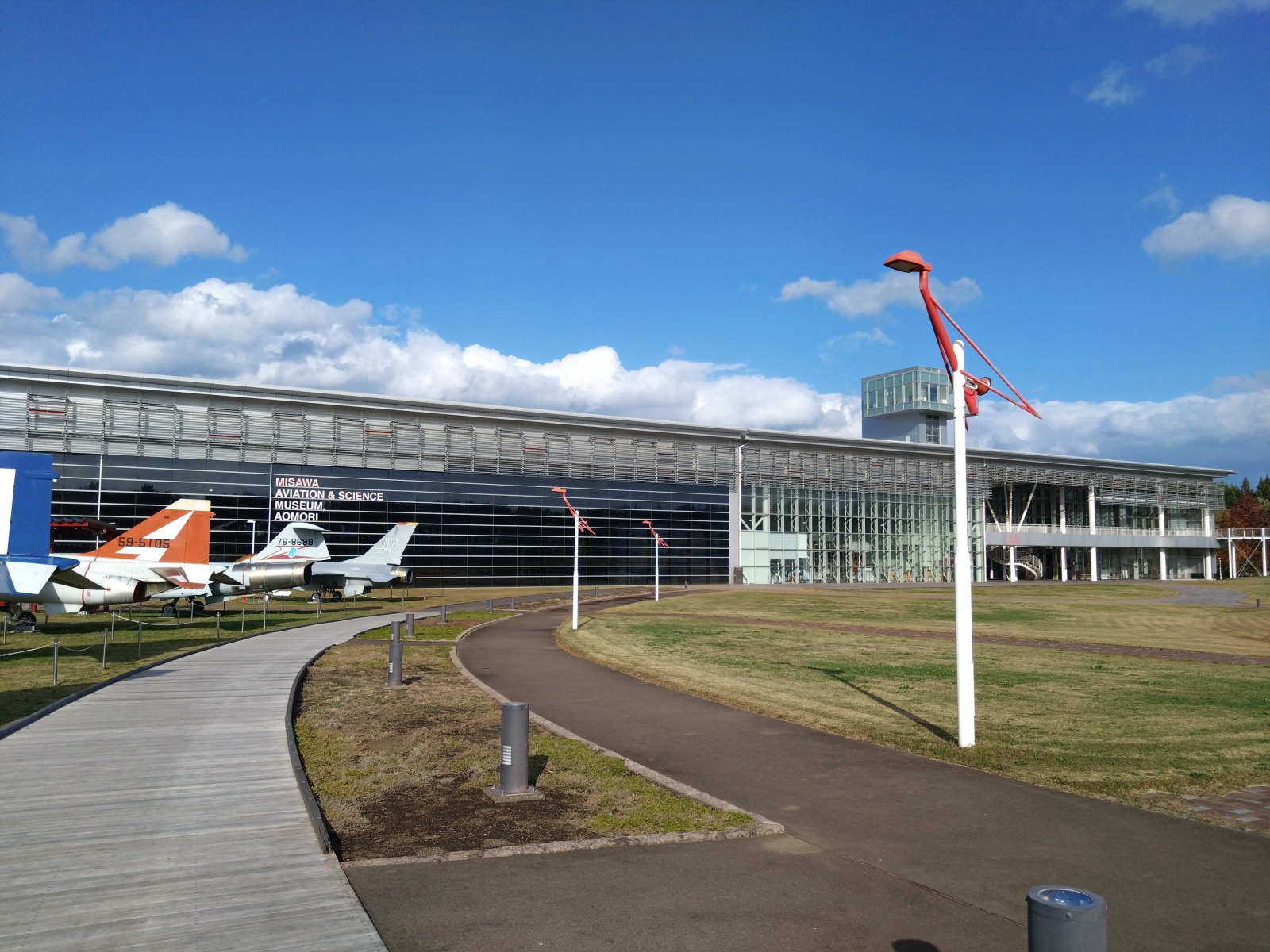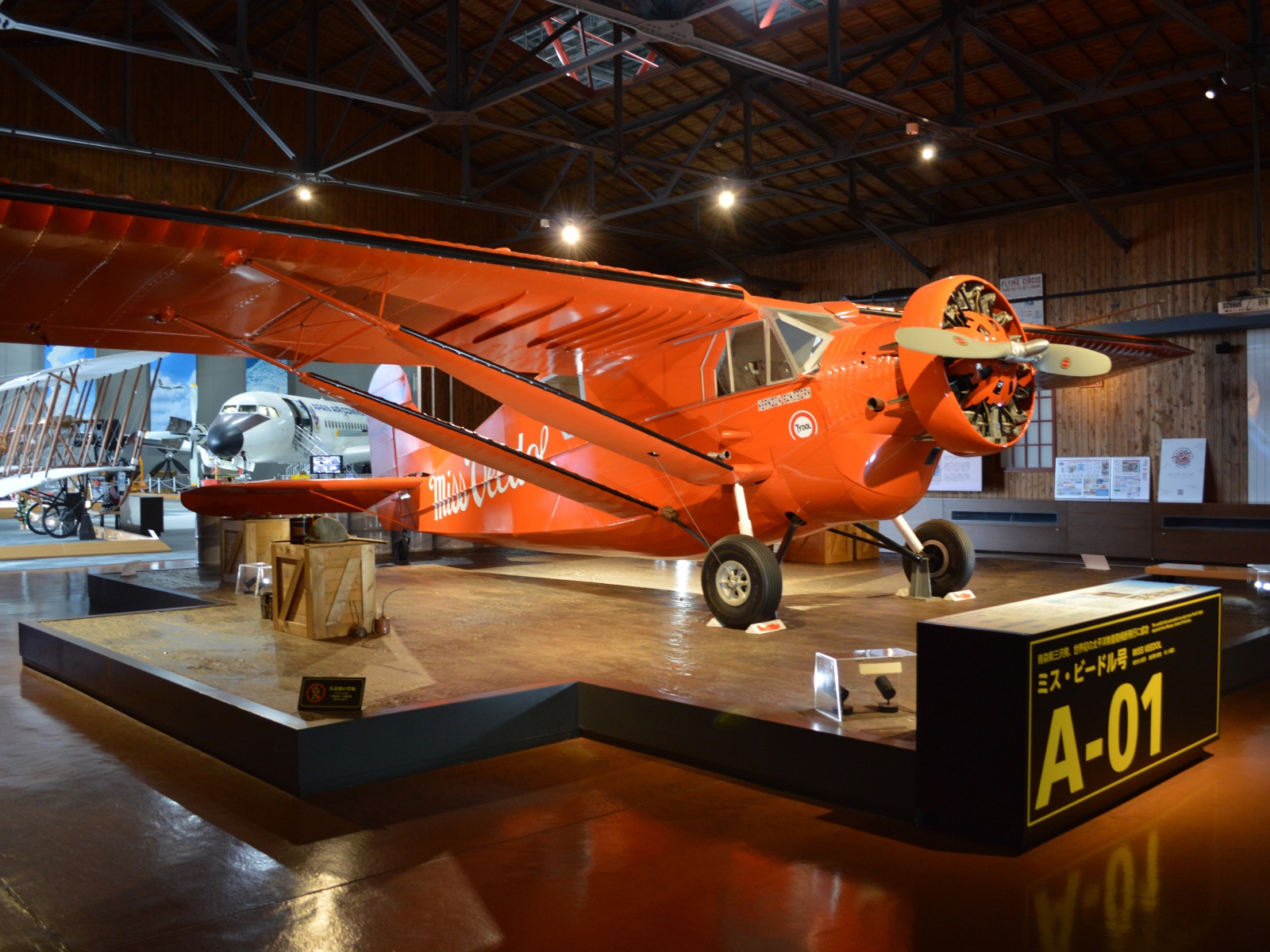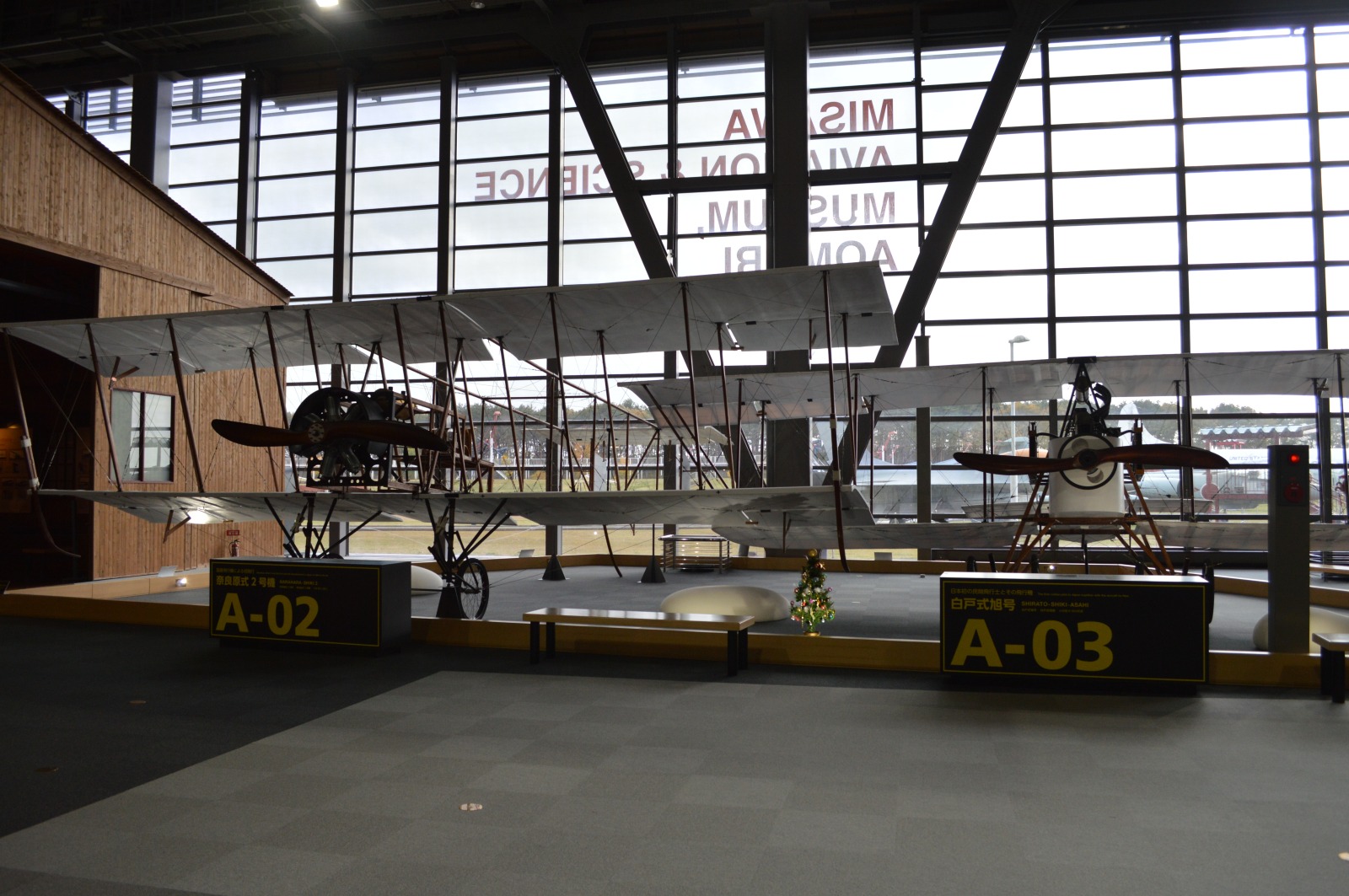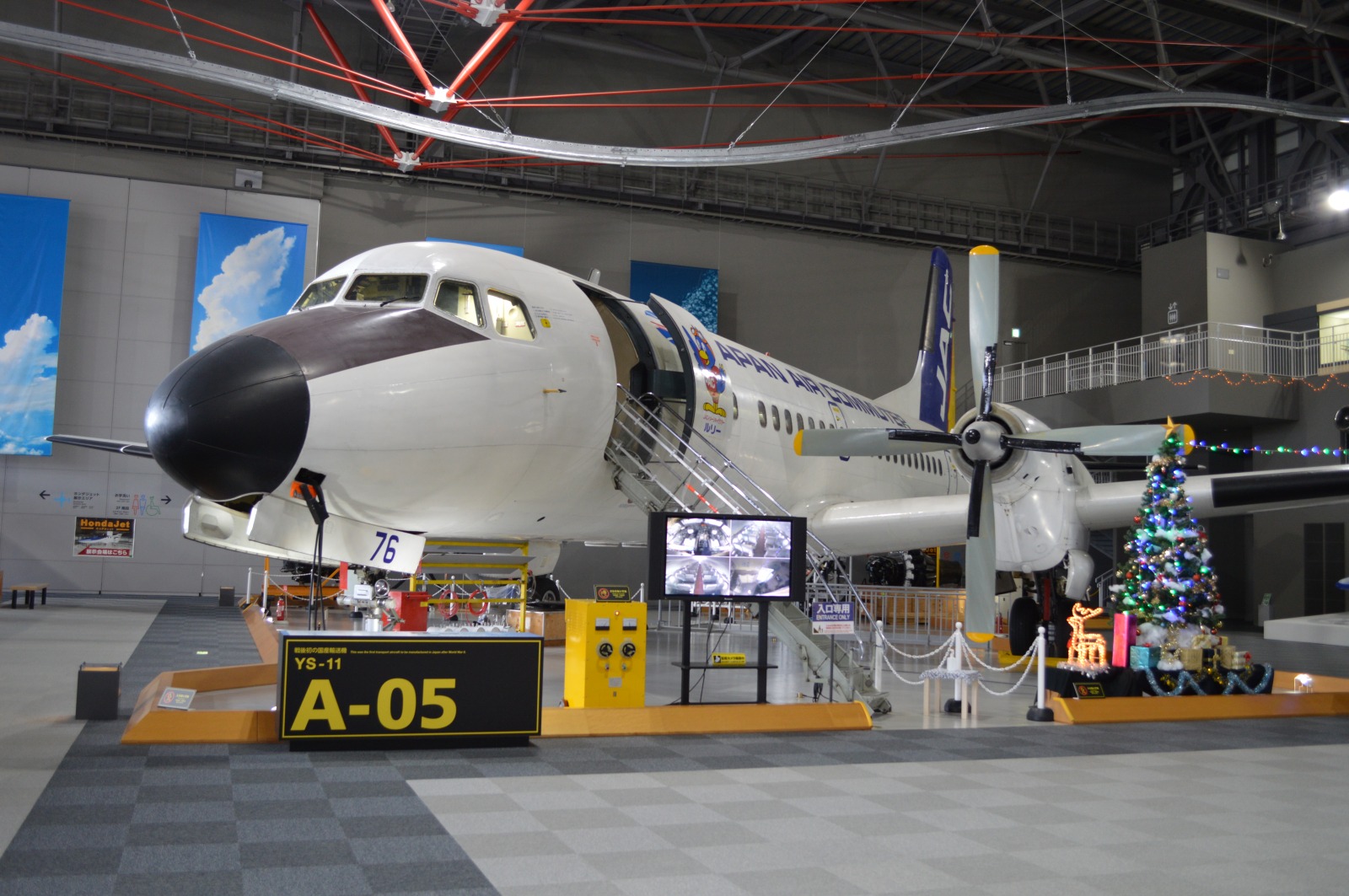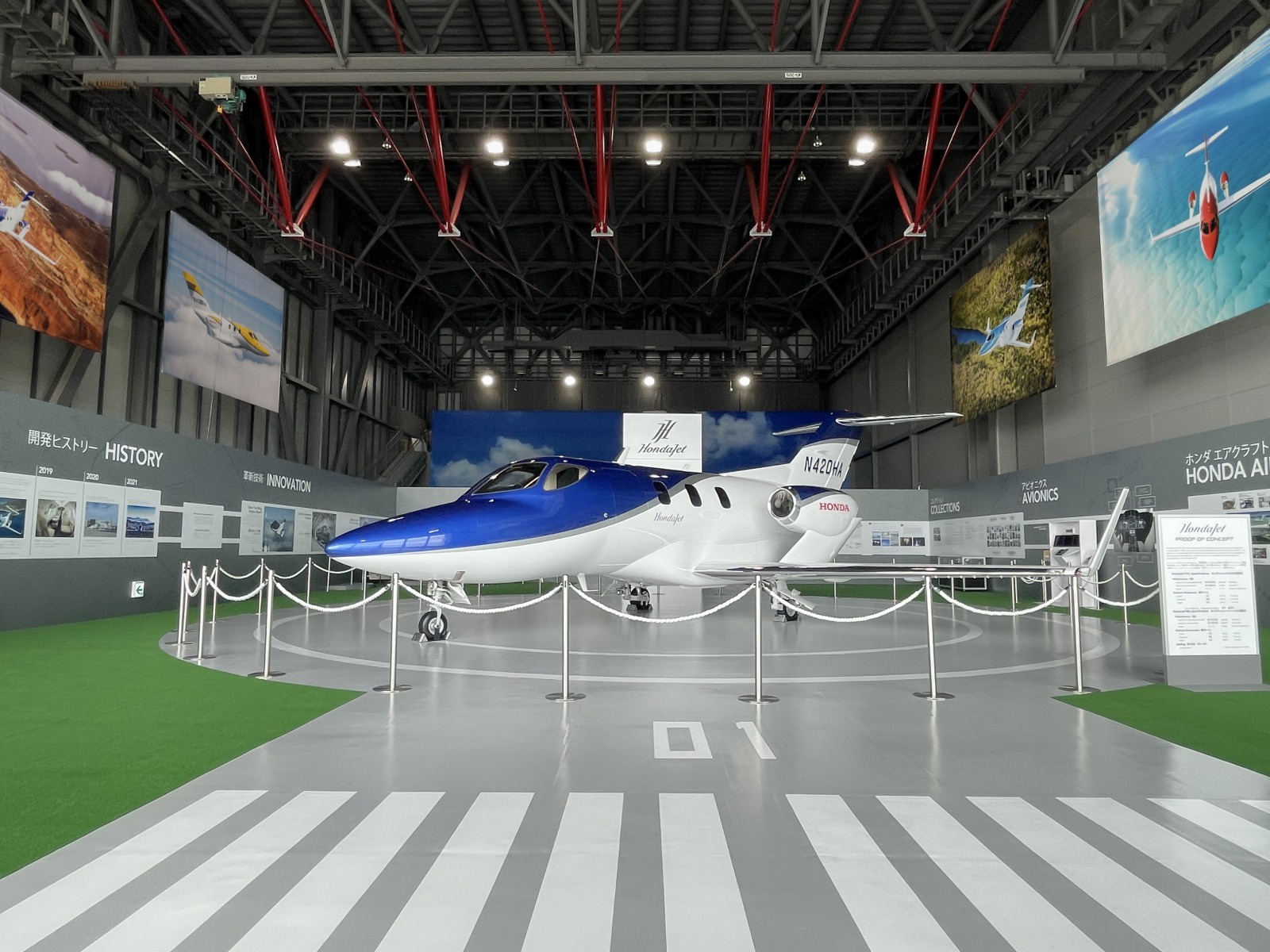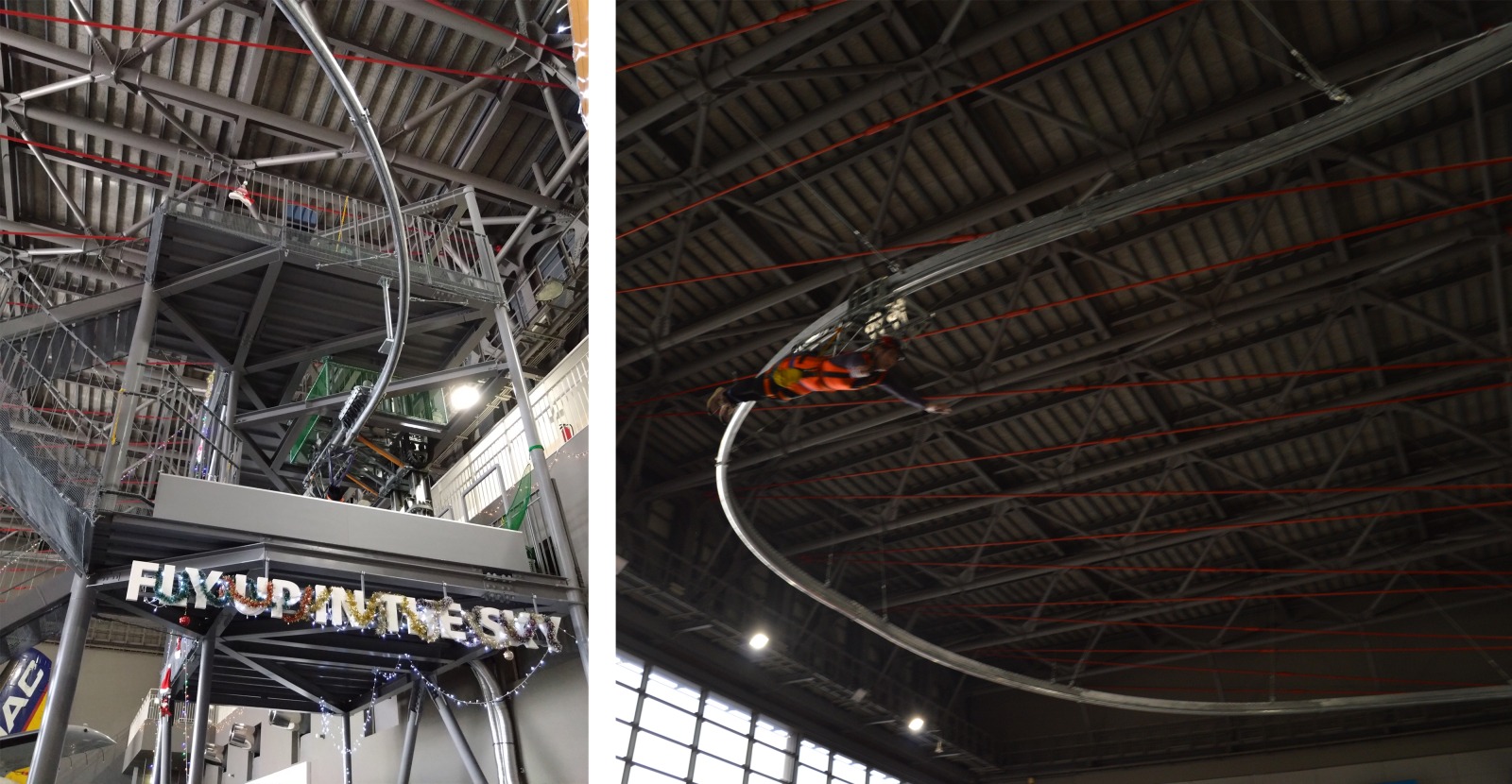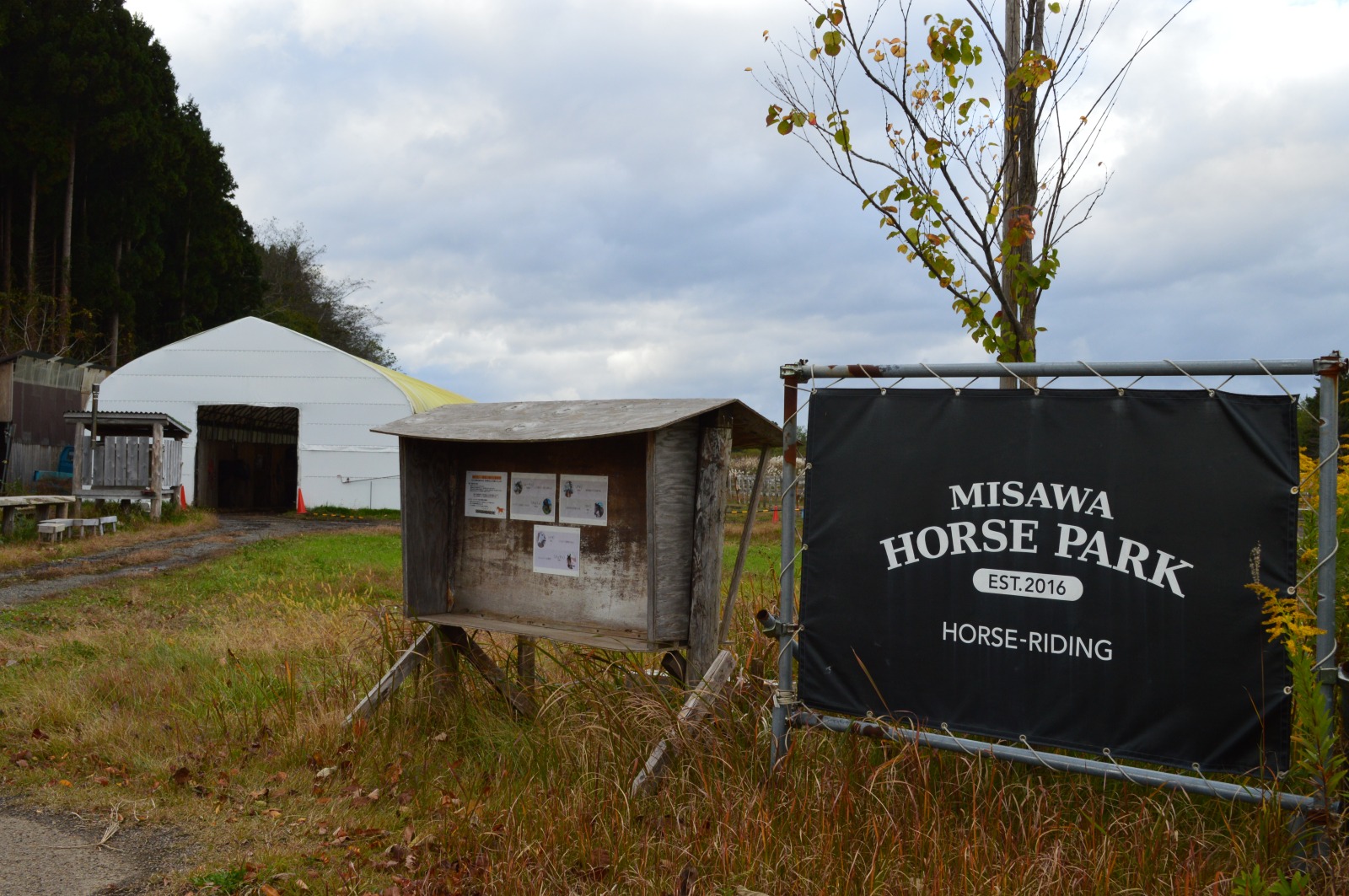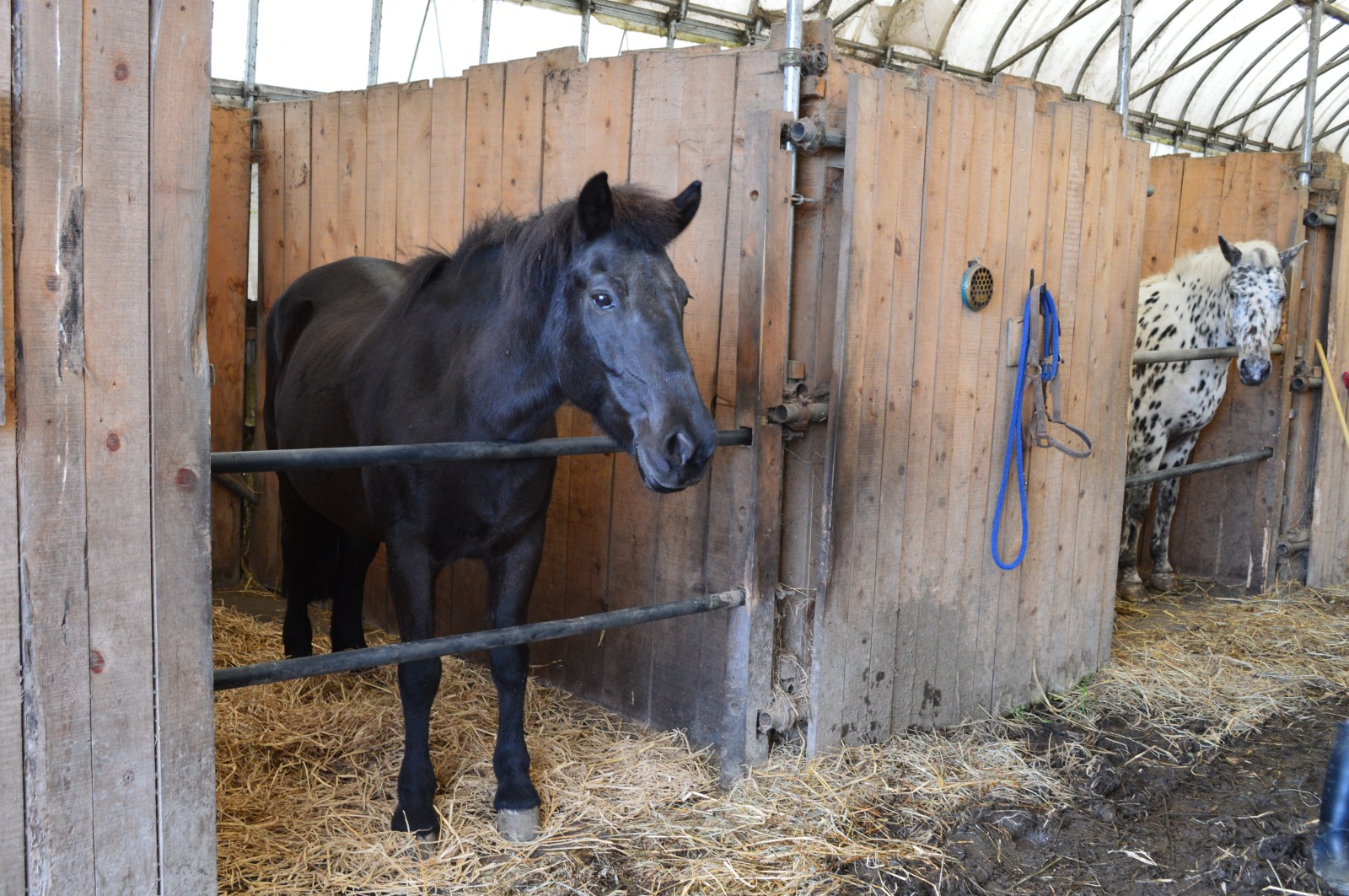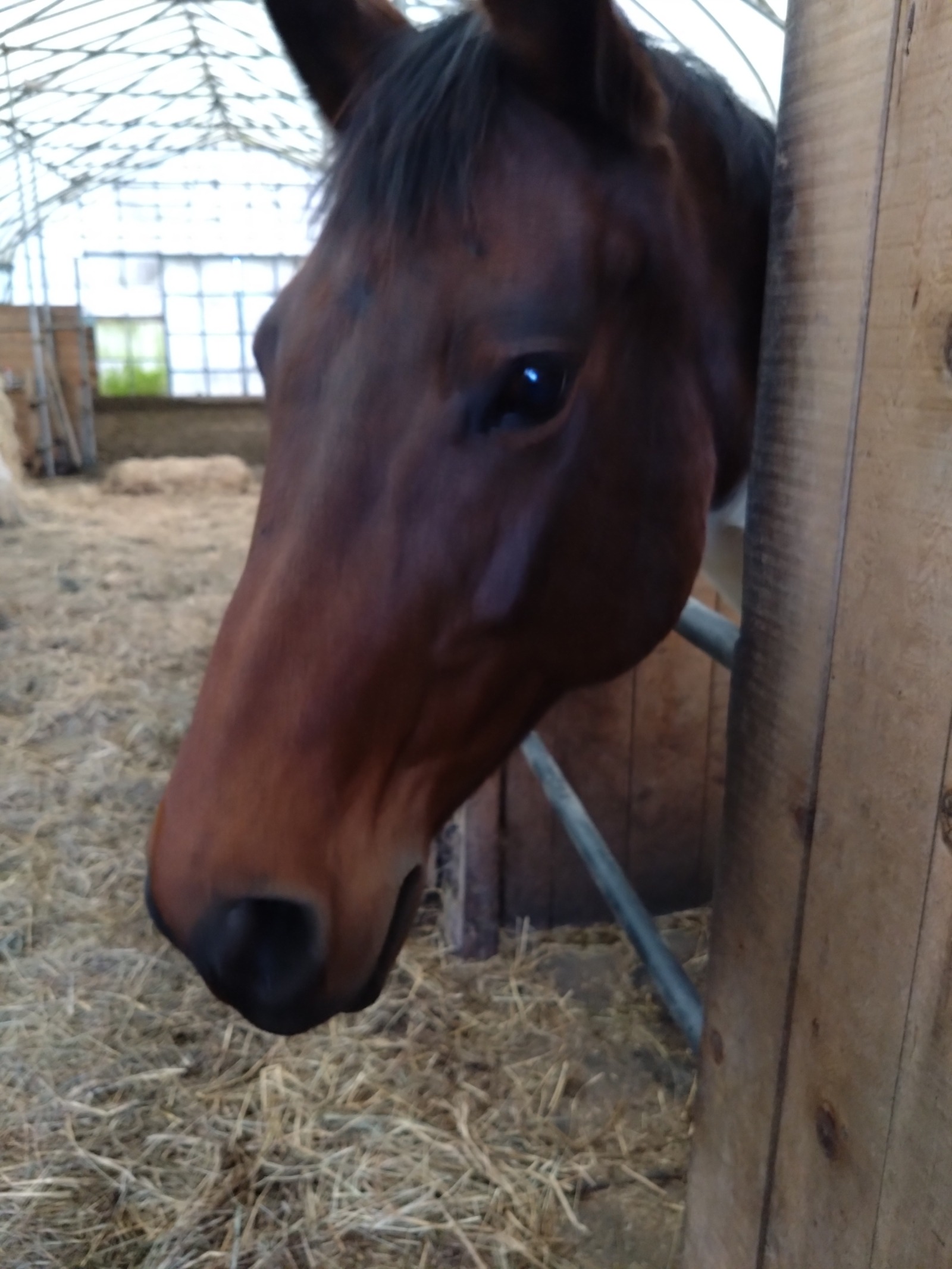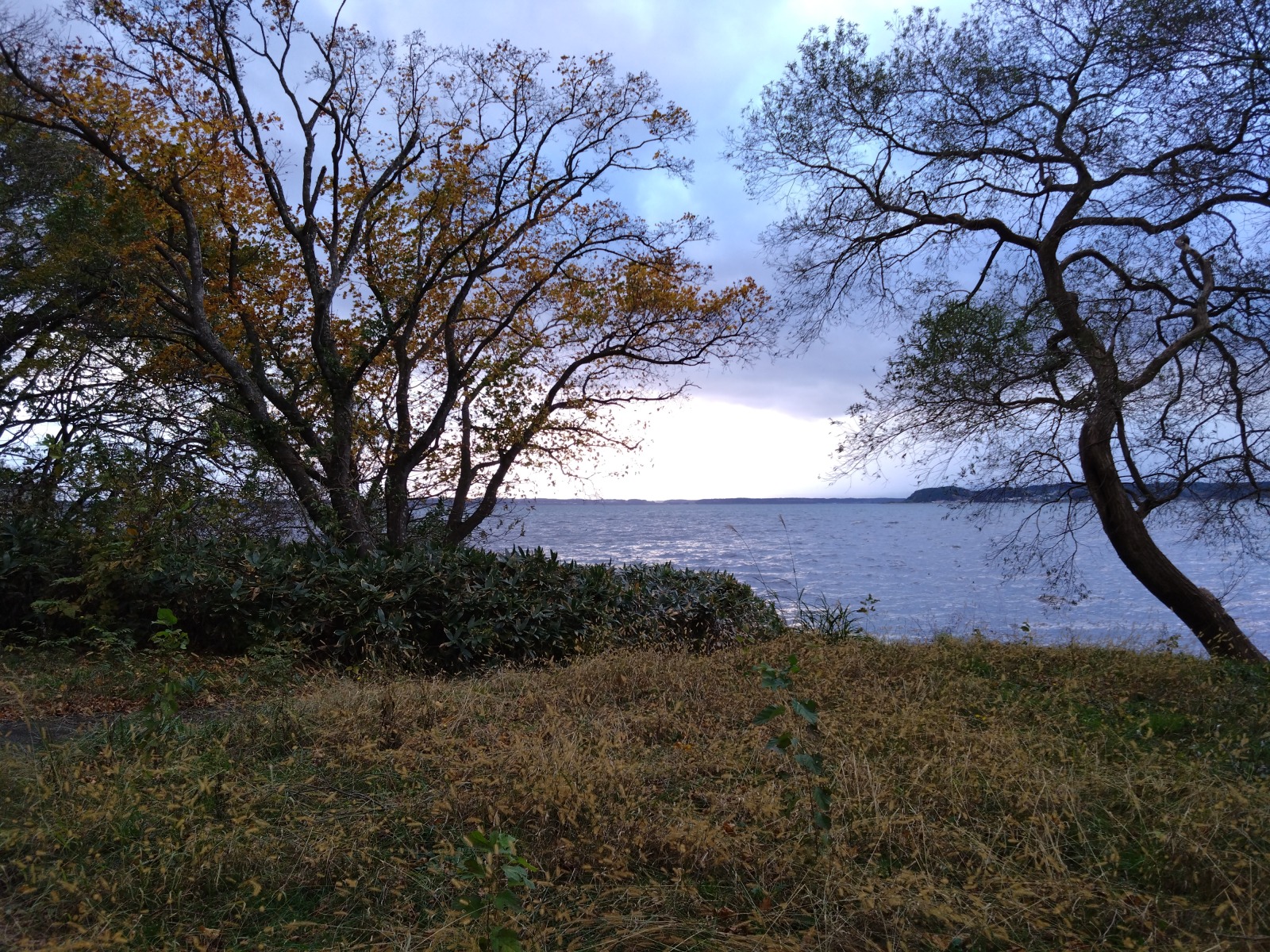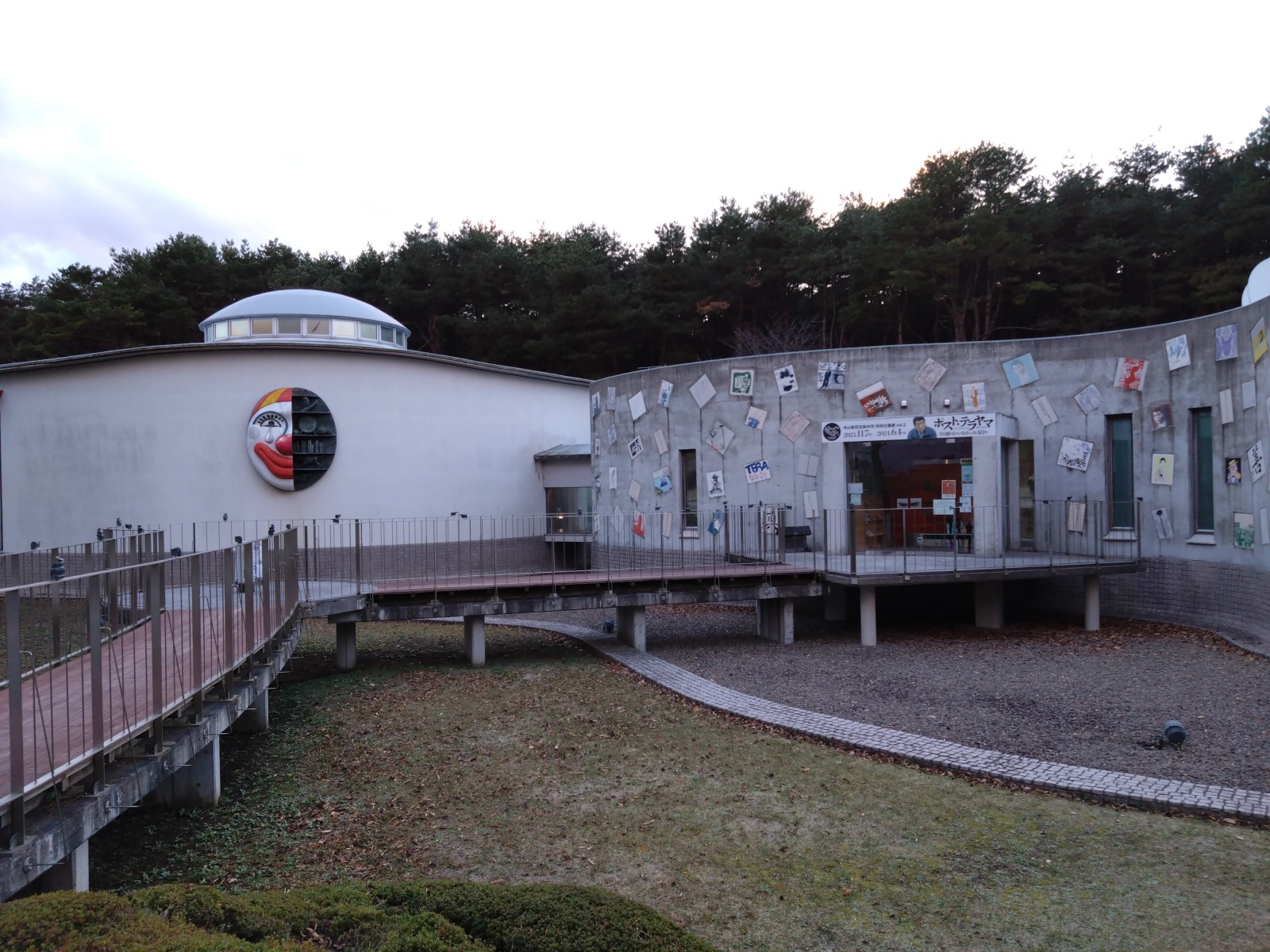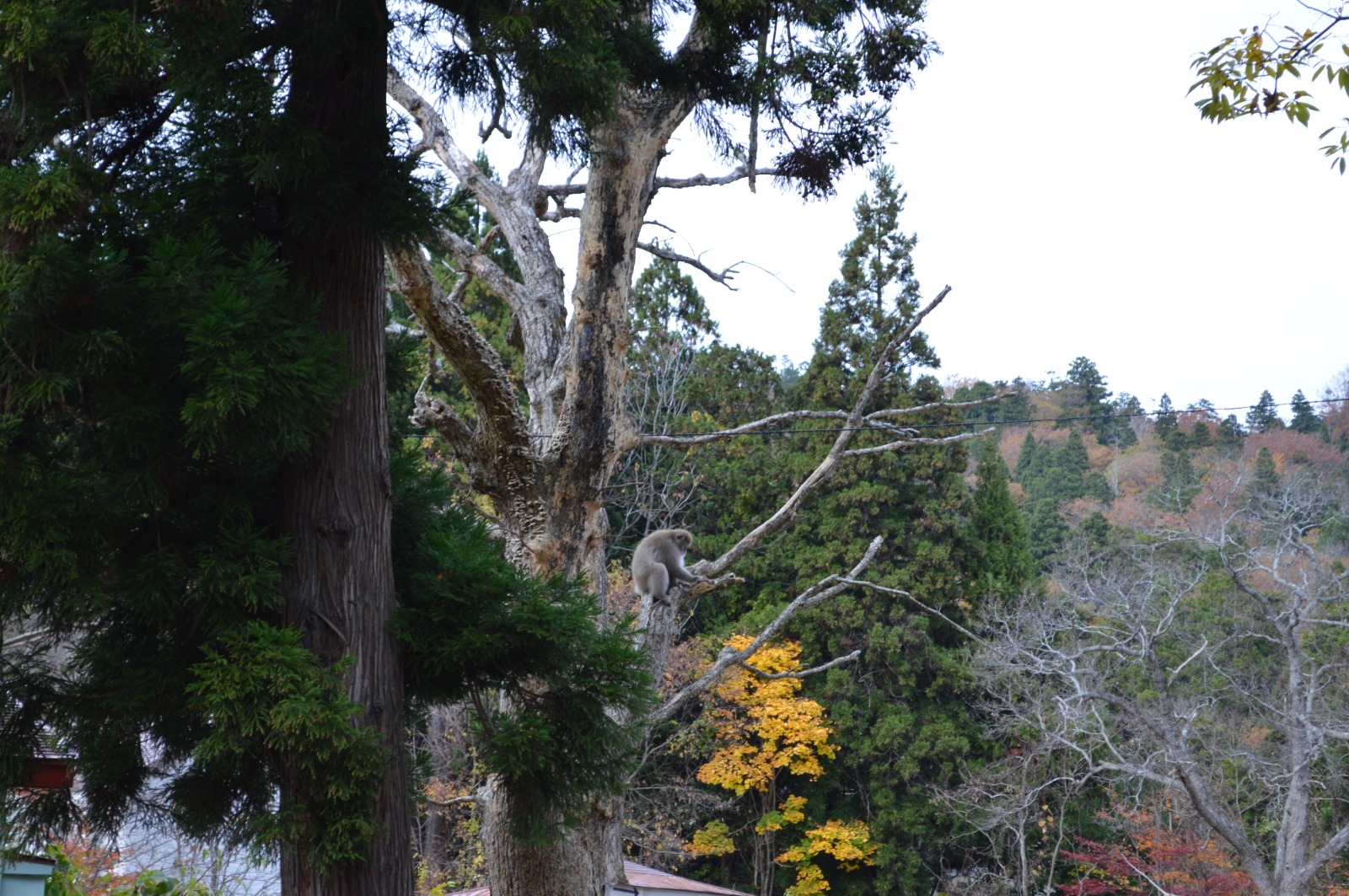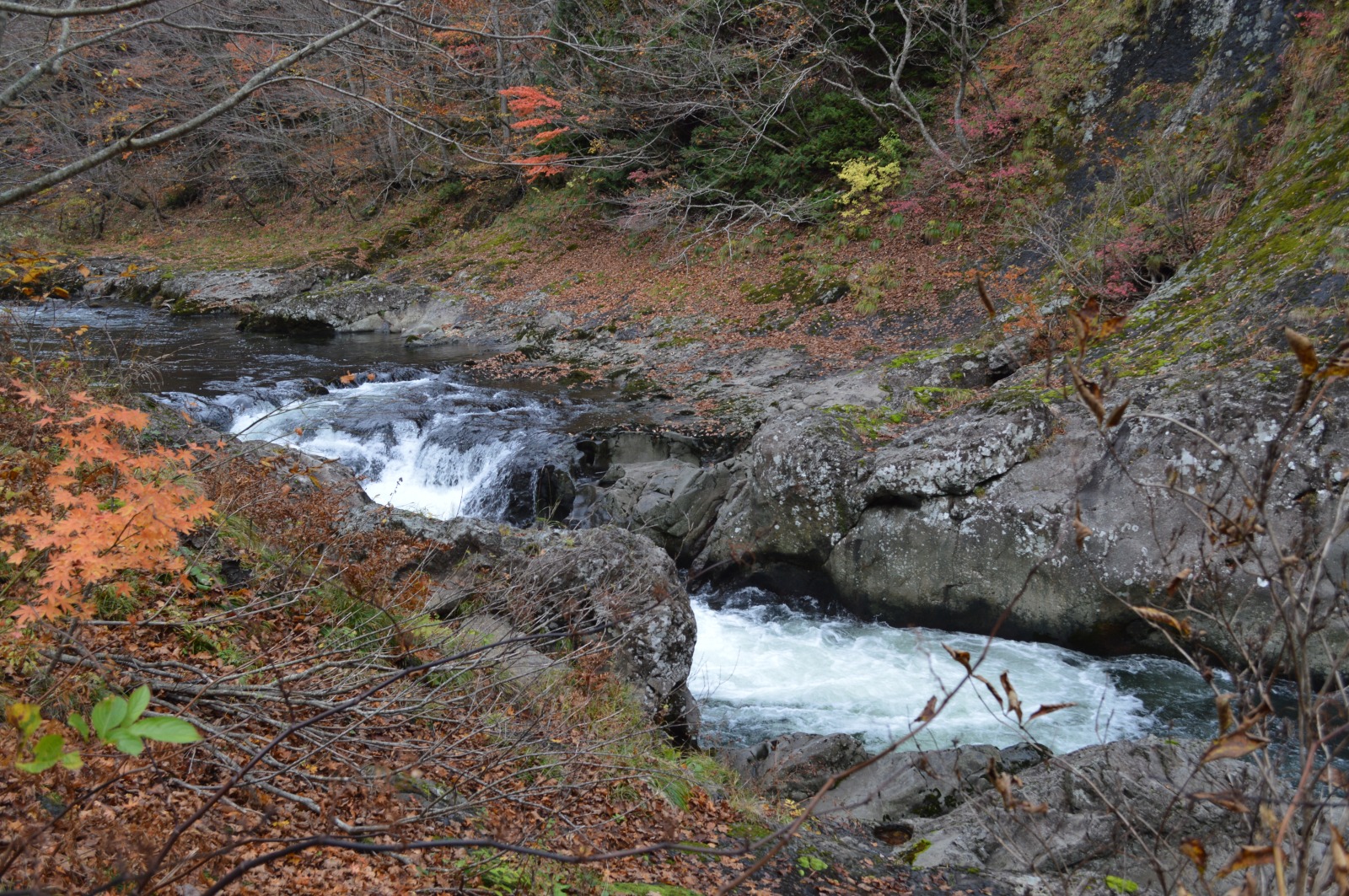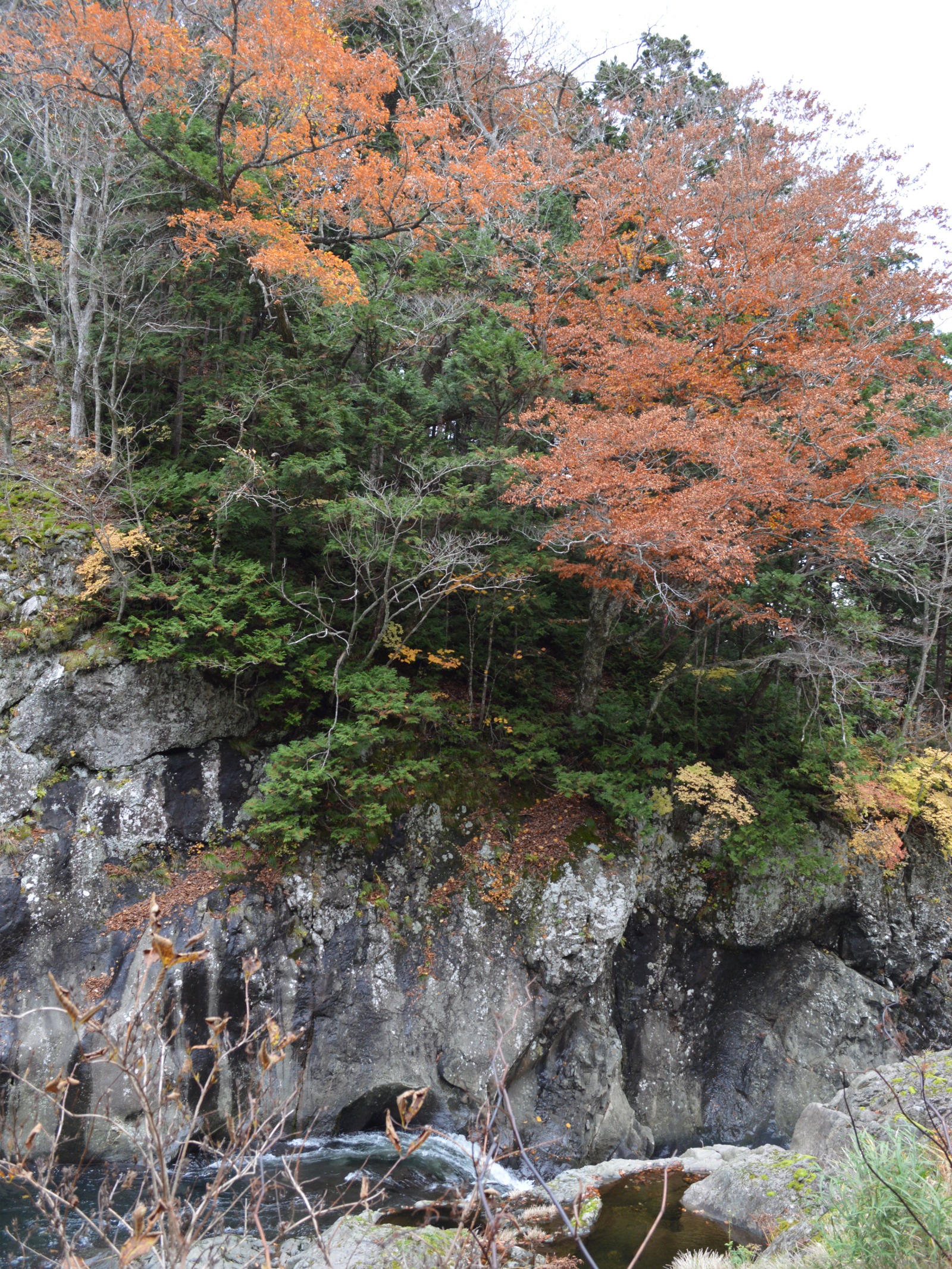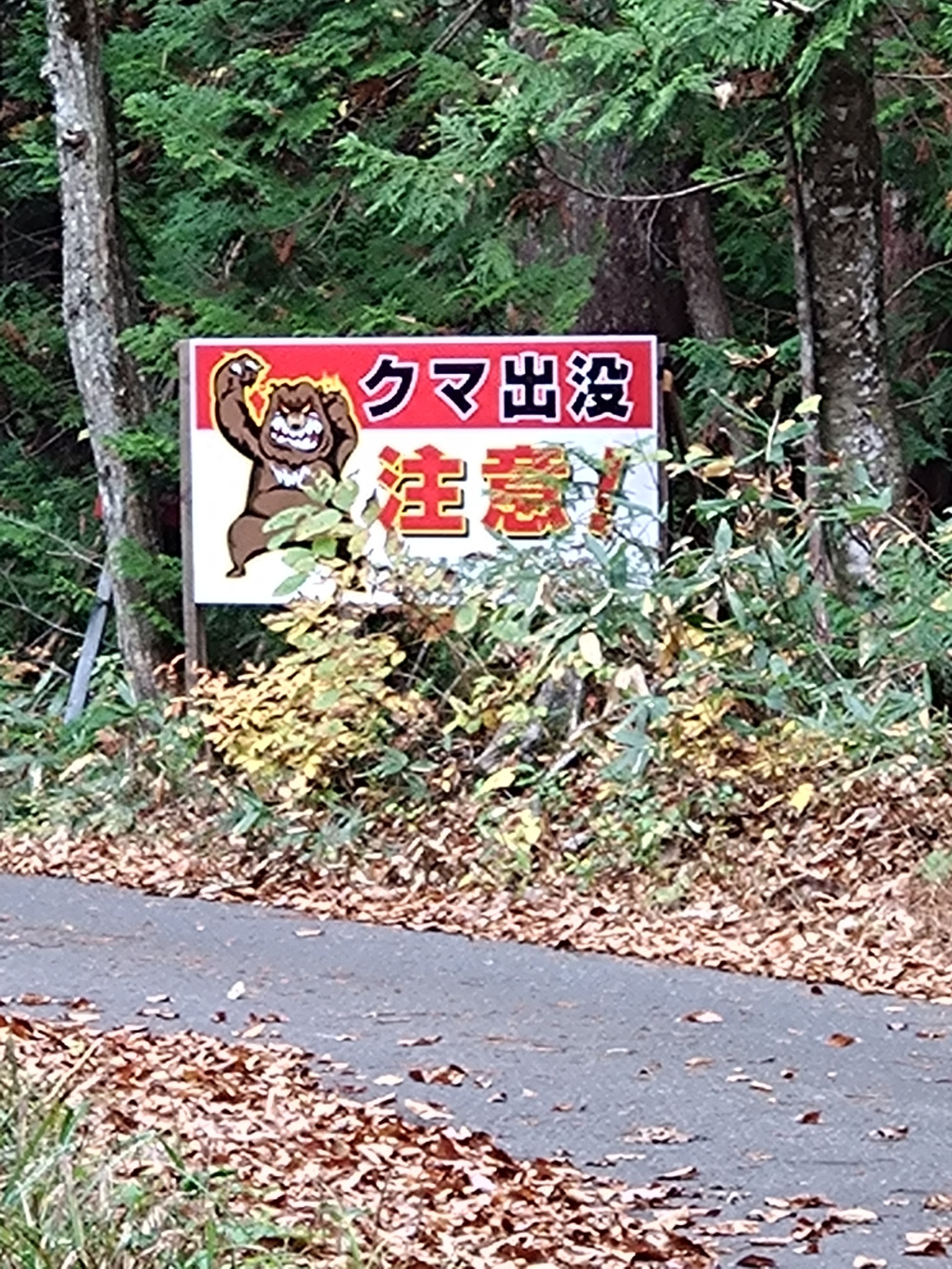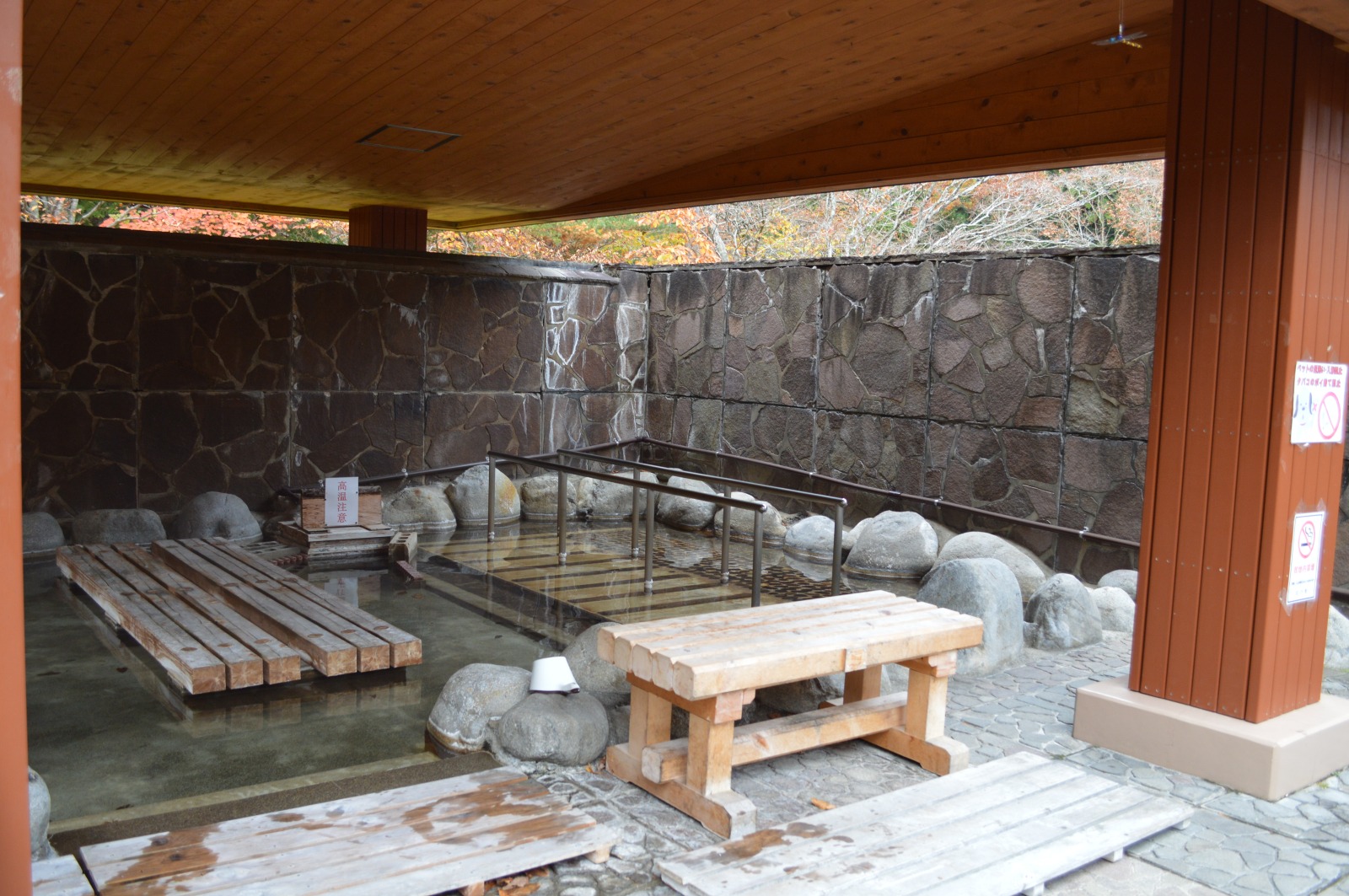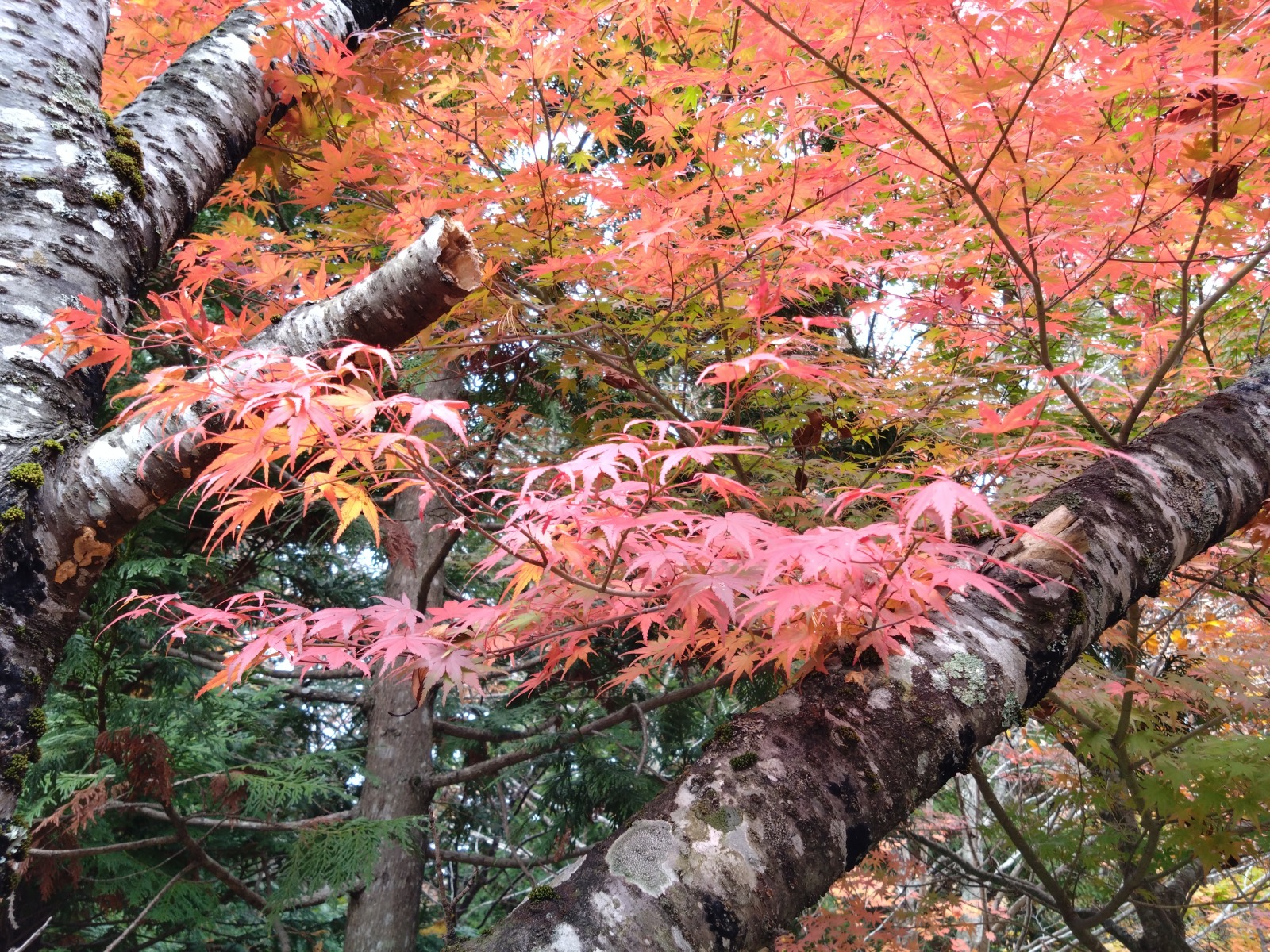Travelogue: Encounters with Nature and Science in Misawa and Shimokita
By Lillian Androphy

Home to an airbase serving both the United States Air Force and the Japan Air Self-Defense Force, Misawa is a city with a strong connection to aviation. That’s why it’s no surprise that the Misawa Aviation & Science Museum is one of the city’s must-see attractions. Even so, I wasn’t prepared for how extensive, interactive, and sometimes even downright thrilling the museum’s exhibits would be!
The exhibits are mainly divided into three zones, devoted to general science, aviation, and outer space, respectively. In the Aviation Zone, visitors are immediately greeted by a brightly painted replica of “Miss Veedol,” the aircraft that made the world’s first successful nonstop flight across the Pacific Ocean. The craft’s two American pilots took off from Misawa and landed in what is now East Wenatchee, Washington (Misawa’s sister city).
Full-scale replicas of other historic aircraft are also on display in this zone, including some with special connections to Aomori Prefecture. In a separate room, you can view the proof of concept of the revolutionary HondaJet that changed the face of the light business jet— in fact, this is the only place in the world where you can see it on public display!
But if looking at replicas and models of airplanes isn’t enough for you, at the Misawa Aviation & Science Museum, you can actually become an airplane! The installation “Let’s Fly Up in the Sky” is more like a theme park ride than a museum exhibit. Wearing a helmet and a harness, you zip (headfirst!) along a rail installed near the ceiling of the museum. Be sure to listen carefully to all the safety rules and explanations beforehand. I felt like I’d been turned into a human aircraft as I hurtled at an exhilarating speed over the tops of the massive displays in the Aviation Zone. It was truly a unique experience that left my heart pounding with excitement.
Some other ride-type installations can be found in the Science and Space zones, including “Probe IV,” a capsule that ascends rapidly through a tube using only the power of compressed air. There are also flight simulators for both airplanes and helicopters, along with a zero-gravity simulator. Crashing my aircraft in the flight simulator convinced me that I probably don’t have what it takes to be a pilot and should stick to being a writer/translator.
The Science Zone also features numerous interactive exhibits that let you experience firsthand the effects of various physical properties and forces such as speed, wind, and plasma. These enable even small children to understand the principles of physics in an intuitive manner but are still interesting enough for adults to enjoy, as well. In fact, I was very impressed by how the content of the museum’s exhibits targeted such a wide range of demographics, regardless of age or educational background. This is definitely a place that’s fun for the whole family.
While the Aviation & Science Museum is definitely Misawa’s main attraction, I also ventured to Misawa Horse Park on the outskirts of the city. Horse-riding lessons are offered here with a prior reservation. Although the horses were sheltering in their barn on the day of my visit due to very windy weather, they looked cute and content munching on hay.
After a very long but peaceful walk along the shore of scenic Lake Ogawara, I arrived at the Shuji Terayama Museum devoted to the renowned avant-garde playwright and filmmaker. While not overly familiar with his work, the eerie and surreal installations in the exhibition wing still managed to leave an impression on me.
My accommodations for that night were at Hoshino Resorts Aomoriya. If interested, be sure to check out the hotel experience report here.
The next day, I took the Aoimori Railway from Misawa Station to Shimokita Station, located in Mutsu City on the Shimokita Peninsula. My destination was Yagen Stream, an area of pristine natural beauty that stretches for several kilometers amid a lush forest. Along the way, my taxi driver stopped the car so that I could enjoy an unexpected sight—a huge troop of wild Japanese macaques by the roadside! Looking adorable and fluffy in their thick winter coats, the monkeys foraging for food were fascinating to observe. I later learned that these Japanese macaques living on the Shimokita Peninsula are considered to be the northernmost population of nonhuman primates anywhere in the world.
Yagen Stream itself is an approximately four-kilometer section of the Ohata River with a walking path that runs from Yagen Bridge to the Oku-Yagen Onsen hot-spring spa. The beauty of the river’s swirling white rapids and the dense forest of beech and maple trees reminded me of the Oirase Gorge in the southern part of Aomori Prefecture. Although a sign warned of bears, I only ever encountered monkeys.
At Oku-Yagen Onsen, I stopped to take advantage of the hot-spring spa’s outdoor foot bath, which is free and open to the public. The water was incredibly hot, making the contrast with the crisp autumn air deliciously refreshing. Soaking my feet in the hot spring while surrounded by the picturesque forest tinged with autumn colors and listening to the sound of the rushing river was a wonderful coda to my two-day trip, filling me with appreciation for the beauty of Japanese rural life.
*Cooperation with reporting provided by the Misawa Aviation & Science Museum, Aomori
